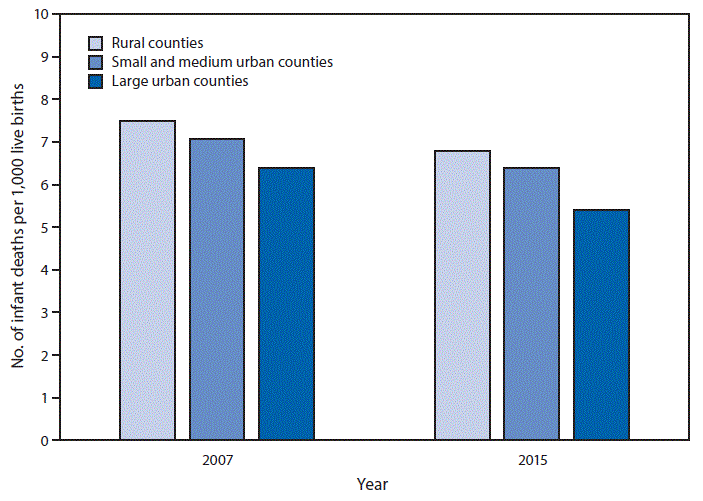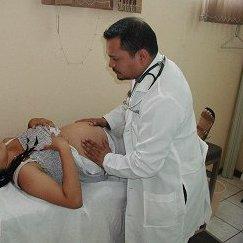Once considered the heart and soul of the country, rural America is facing very difficult times. People are moving away, and towns are disappearing.
The lack of economic opportunities exacerbates the health problems that plague rural America. Poverty and despair play a role in drug addiction, which has manifested in recent years as an opioid epidemic. The death rate from overdoses of all drugs is highest in West Virginia: At 41.5 deaths per 100,000 people, the rate is more than 2.5 times the national average. It's probably no coincidence that West Virginia is one of the poorest states in the country.
Likewise, it is probably no coincidence that the suicide rate in rural America has surged more than 40% in 16 years.
To these bleak statistics, we must add yet another: The infant mortality rate is more than 25% higher in rural counties compared to large urban counties.

The good news is that infant mortality is down in all counties from 2007 to 2015. But the fact remains that it is 25% riskier to be born in a rural county (6.8 infant deaths per 1,000 live births) than in an urban county (5.4 per 1,000). Given that there are about 4 million births in the U.S. each year, this mortality discrepancy means that a substantial number of rural infant deaths are entirely preventable. Why does the discrepancy exist?
Lack of access to adequate healthcare is probably the best explanation. The true extent of the problem is revealed by the fact that more than half of rural counties don't have obstetric units (i.e., facilities designed for babies to be born). Women in rural areas are not receiving sufficient prenatal care, which likely explains the discrepancy in infant mortality.
Few economic opportunities, poor health outcomes, and higher death rates (both natural and self-inflicted). It is difficult to overstate the severity of the crisis facing rural America.
Source: "QuickStats: Infant Mortality Rate, by Urbanization Level — National Vital Statistics System, United States, 2007 and 2015." MMWR 66 (41): 1122. Published: 20-Oct-2017. doi: 10.15585/mmwr.mm6641a8.




